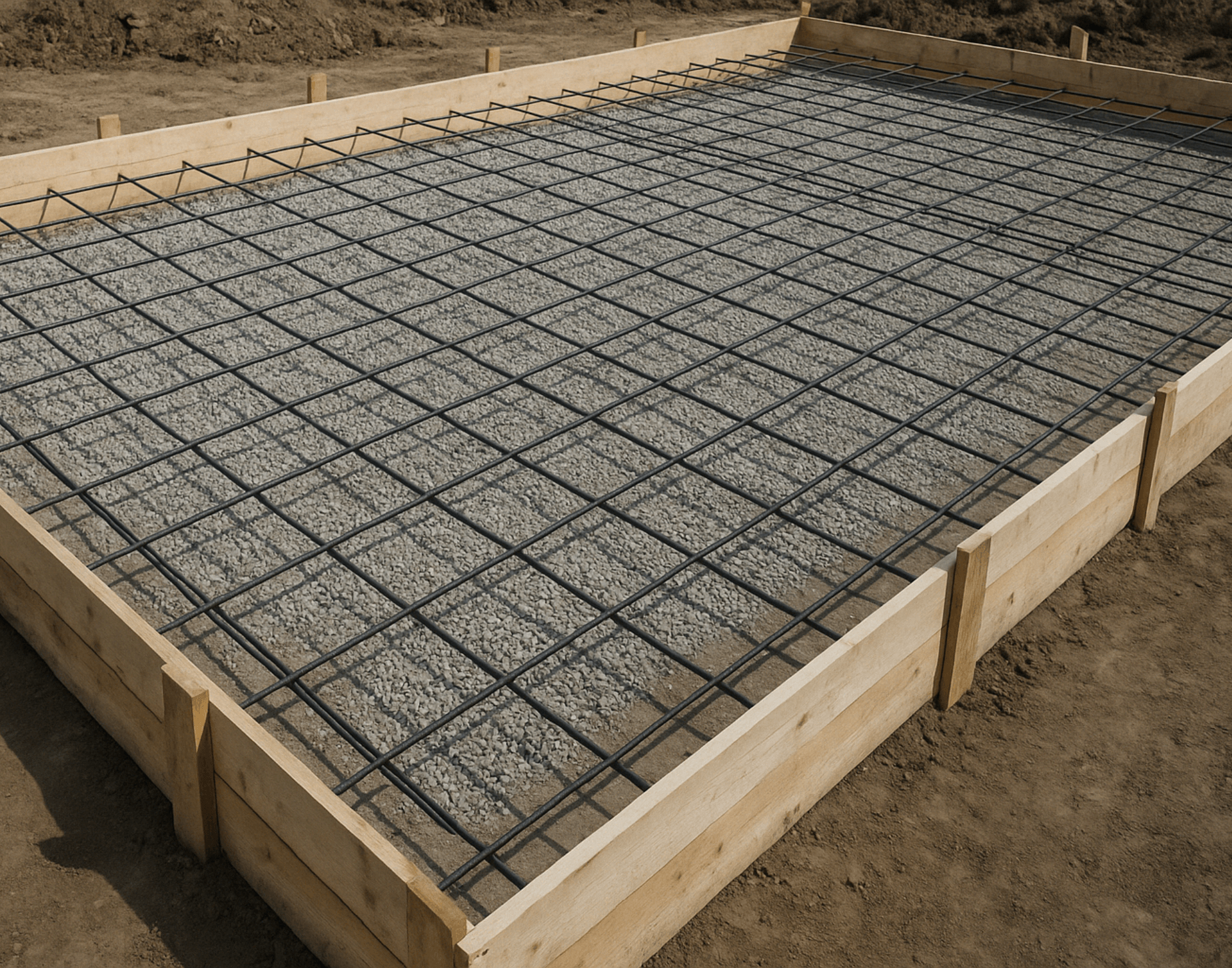Flatwork And Foundations
For an estimate on flatwork and foundations – visit our main page here or call us at (+1) 918-378-8684.
Flatwork & foundations are the bedrock of every strong and beautiful structure. Without them, everything else falls short. Therefore, choosing a trusted contractor is crucial. In other words, your project must be handled with skill, care, and precision.
The Importance of Quality Flatwork & Foundations
It creates the first layer of strength for any building. Consequently, the success of your project depends on how well they are done. For instance, a home’s durability is often tied to its foundation’s integrity. In addition, businesses need a surface that can withstand heavy loads and constant use.
Certainly, there is no shortcut when it comes to creating high-quality concrete work. The soil must be prepared carefully. Concrete must be mixed perfectly. Moreover, expert finishing ensures smoothness and strength. To clarify, every step matters from the ground up.
Flatwork & Foundations for Driveways and Walkways
Driveways and walkways demand special attention. Firstly, they must be level to avoid water pooling. Secondly, they must be strong enough for heavy vehicles. Furthermore, they must enhance the beauty of the property.
For example, a cracked driveway not only looks bad but also poses safety risks. On the other hand, a smooth and even surface adds value and pride. In short, well-built concrete pads improve curb appeal and durability.
Choosing the Right Mix for Flatwork & Foundations
The type of concrete mix greatly affects the job. Different projects need different strengths. For instance, a driveway may need a different mix than a patio. Similarly, a garage slab will require higher load-bearing strength.
Therefore, working with professionals who understand these needs is vital. In addition, expert contractors know when to use additives for extra strength or flexibility. Meanwhile, the curing process also plays a huge role in final strength. To sum up, every choice impacts the lasting quality of the project.
Preparing the Site for Flatwork & Foundations
Before pouring any concrete, the site must be ready. Preparation is key for flatwork & foundations. That is to say, proper grading and compaction prevent settling later. In the same vein, installing correct forms ensures the finished product is the right size and shape.
Subsequently, reinforcing materials like rebar or mesh are placed to add strength. Moreover, care must be taken to avoid shifting during the pour. During this phase, attention to detail can make or break the outcome.
The Pouring Process in Flatwork & Foundations
Pouring concrete is a science and an art. Most importantly, timing and teamwork matter. The mix must be poured quickly and evenly. In addition, workers must spread and smooth the surface right away.
Consequently, the surface must be floated and troweled properly to achieve the best finish. Likewise, control joints must be cut to reduce cracking. To clarify, good joints help the concrete expand and contract with temperature changes.
Meanwhile, curing is the final key step. Concrete needs moisture to gain strength. Therefore, keeping it wet for the first few days is critical. In conclusion, every stage builds on the previous one.
Common Problems with Poor Flatwork & Foundations
Flatwork & foundations that are rushed or poorly done can cause many issues. Cracking, sinking, and uneven surfaces are common signs. Further, these problems often cost much more to fix later.
For example, poor drainage can cause water to seep into the foundation. On the other hand, properly sloped flatwork directs water away safely. Moreover, weak concrete may crumble under pressure. Above all, investing in quality work up front saves headaches and money.
Flatwork & Foundations in Commercial Projects
Commercial flatwork & foundations must handle heavy foot traffic and large vehicles. Therefore, the planning and materials must be top-notch. In addition, commercial projects often need strict compliance with local codes.
For instance, a warehouse floor must support racks, forklifts, and daily use. Similarly, a parking lot needs thick, reinforced concrete to last. Consequently, skilled execution ensures the facility stays safe and functional for years.
Maintaining Flatwork & Foundations
Once installed, flatwork & foundations still require some care. For example, sealing surfaces helps prevent water damage. Likewise, regular inspections catch small problems early.
Moreover, cleaning with gentle methods keeps surfaces looking good. To clarify, avoid using harsh chemicals or metal shovels that might damage the surface. In the same vein, patching small cracks early prevents bigger issues.
In short, a little maintenance can extend the life of your flatwork & foundations by many years.
The Long-Term Value of Flatwork & Foundations
Good flatwork & foundations add value to any property. Further, they support the beauty, safety, and strength of every structure they serve. In other words, they are an investment in your home or business’s future.
Certainly, well-laid concrete speaks of care, pride, and professionalism. After that, your structure stands on a firm and lasting base. Similarly, buyers and visitors notice the difference immediately.
In conclusion, flatwork & foundations are not just concrete. They are the beginning of every dream built to last.


